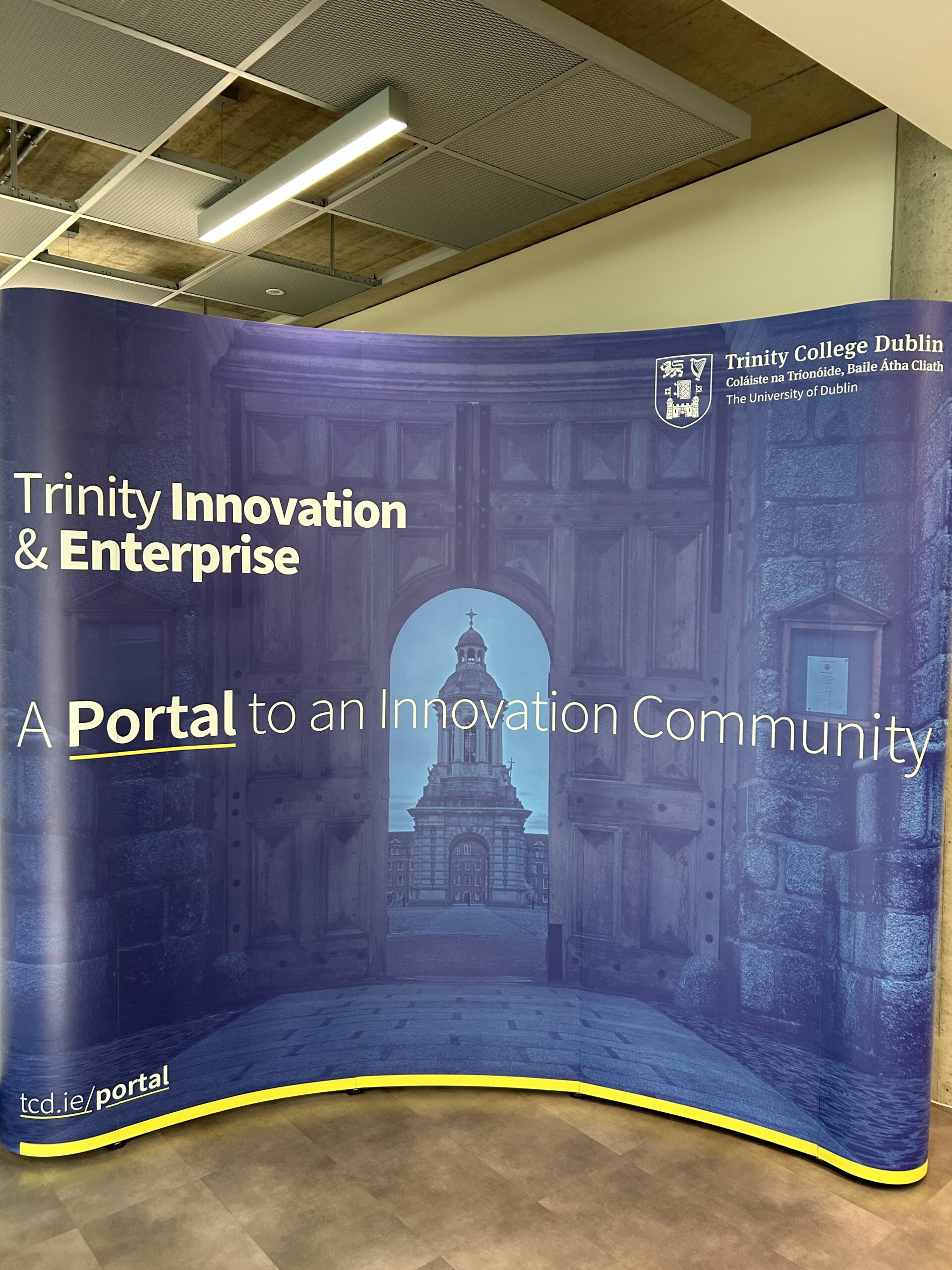Today’s official publication of the higher education funding working group report has revealed few surprises, with three options put forward for the future funding of a sector that has been in disarray for almost a decade.
For all three options put forward – the abolition of the student contribution and the creation of a predominantly state-funded sytem, the continuation of the current student contribution charge coupled with increased state investment, and the introduction of an income-contingent loan system – a large barrier to implementation will be the cost to the state.
While all three options would see state investment to the sector increase, the predominantly state-funded system would see the state contribution at about 80 per cent, compared to 55-60 per cent in a loan system.
These funding models would be implemented in order to address the ongoing funding crisis in higher education, a sector which a national report described in April as at a “crisis point” that may have “serious and irretrievable implications”.
The report outlines the expected cost of each option, with a predominantly state-funded system estimated to cost an additional €1.3 billion per year by 2030. A system with the current student contribution level combined with extra state investment is estimated to cost an an additional €1 billion a year by 2030, and an income contingent loan scheme would see the state invest between €1,307 million and €1,1557 million per year in 2030 as a core grant, depending on level of deferred payment, as well as another indirect indirect cost of between €150 million and €190 million.
In order to reverse and prevent more damage, the report calls for increased core funding – €600 million by 2021 and €1 billion by 2030 – as well as €5.5 billion investment in capital funding over next 15 years to address growing student numbers in third-level institutions and their need for capital upgrades. It also calls for an extra €100 million investment to “deliver a more efficient system of student financial aid”. The cost of these new investments would be covered by the chosen funding model.
The months-delayed report – commonly referred to as the Cassells report after its chairman, Peter Cassells, the former general secretary of the Irish Congress of Trade Unions – was originally due to be published in December 2015. A member of the working group, along with a coalition of trade unions made up of the Union of Students in Ireland (USI), the Irish Federation of University Teachers (IFUT), SIPTU, IMPACT and the Teachers Union of Ireland (TUI), criticised the delay in May, calling then for the immediate publication of the report.
Those unions have since formed a coalition to campaign for a properly exchequer-funded system and against the introduction of student loans, with IFUT yesterday calling on the government to increase public funding in education in advance of the report’s publication.
In the report, Cassells writes that Ireland’s higher education system has undergone great change since the 1950s. Weakening resources, a deteriorating staff:student ratio and poor facilities are listed among the main issues in the system. Speaking at the launch of the report today, Cassells noted the significant impact that higher education has had in Irish development, but said that “people are reluctant to say that the quality has been undermined”. He continued that it was “absolutely vital” to convince taxpayers, students and employers that “this system will have instruments that will move to achieve our goals as a nation”.
Pointing to the need for highly trained graduates, active research across both humanities, social sciences and STEM subjects, and greater access for underrepresented groups as the larger remedies for the higher education crisis, Cassells stresses in the report that “we need a system that is responsive to the changing and diverse needs of learners, society and the economy”.
While three options are presented, Cassells emphasises in the report the need to act on one of these imminently and emphasises that a “more comprehensive and fundamental change in the funding model is required”, suggesting that the least-radical option, which would see students continue to pay the current contribution charge, would be less effective at bridging the funding gap. However, at the launch today Cassells also asked the public “to consider [the options] together and consider each of them in the context of each of their strengths and weaknesses”.
In terms of the drawbacks that come with implementing each model, the cost to the state is highlighted for all three options. With a predominantly exchequer-funded model, the report notes that it may be perceived as “unfair to citizens who do not receive a higher education” as well as the scale of funding in the early years.
With keeping the current contribution charge, the report notes the issue of “fairness” in paying the fee. In the case of a loan system, it notes how it may be seen as an “unfair change” and some there might be “possible debt aversion among some income groups”, as well as highlighting the implications the scheme would have on public finances.
Writing for Independent.ie today, Provost Patrick Prendergast stressed that the higher education system “has been bled dry” and “is on the threshold of a disastrous drop in quality”, pointing to the recent drop of Irish universities in world rankings. On the topic of a potential student loan system, he stated: “Once the debt is reasonable, I think it is a fair system.”
Alongside the publication of the report, the Minister for Education and Skills, Richard Bruton, has today stated that additional funding must come alongside the introduction of new performance targets. In a press release from the Department of Education and Skills, Bruton calls for the introduction of “new performance-based funding mechanisms and new targets for improved outcomes for the users and funders of the service”.
These targets include the increase in participation in higher education by disadvantaged socio-economic groups by over 7 percentage points, a 25 per cent increase in the number of entrants studying on a flexible – part-time or online – basis and a 25 per cent increase in the number of students taking part in a work placement or work-based project as part of their course. Other targets to be considered include improving retention rates and gender equality.
In December, The University Times reported that the report’s main recommendation was to be a package that included a €1,000 increase to the student contribution fee and an income-contingent loan scheme. However, in March, a person familiar with the near-final draft completed in December and the final version sent to the Minister for Education in March told The University Times that, amid outcry at the proposed solutions, and pushback from members of the group, there was less emphasis on such a loan scheme, and that three options described in the report as “credible and feasible”, including a “free fees” model, are put forward.
Speaking at today’s launch, Bruton stated that “there are no easy options for this” and cautioned against ruling out potential solutions. He called for “a grown up debate” on how to sustain the report’s ambitions for the country.
While the report is expected to have strong influence on decisions on higher education funding, Bruton, has stated that once the report is published, it will be referred to the Oireachtas Education Committee. With this committee making cross-party decisions, opposition to moves to introduce a fees and loan scheme would be expected, with all major parties except Fine Gael in the general election pledging to either freeze or reduce the current student contribution charge, rather than increase it.
In the lead up to the general election, parties put forth differing promises for higher education. Labour vowed to reduce the student contribution by €500, and introduce a €25 million fund to improve staff-student ratios, while the Social Democrats pledged to reduce it by €1000 over the course of a Dáil term. Sinn Féin pledged to abolish fees over the Dáil term, while Fine Gael made no commitments to reform, stating that they would wait for the publication of the Cassells report.
The report is the second of its kind. Ruairí Quinn, then-Minister for Education and Skills, dismissed the findings of a 2012 report that he commissioned which recommended the introduction of a higher student fee and loan system.
Eleanor O’Mahony contributed reporting to this piece.







